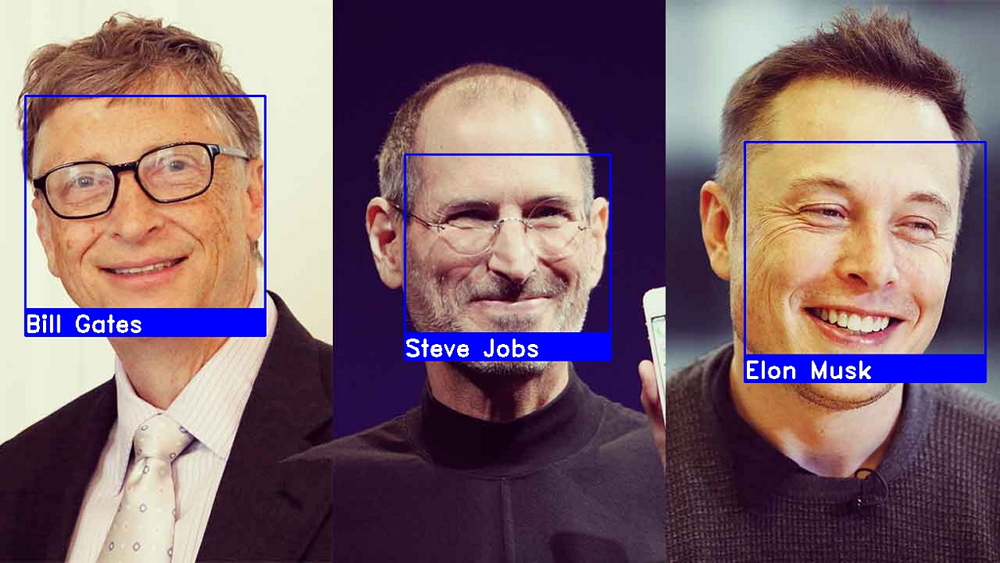Facial Image Prediction Using TensorFlow and Resnet
INTRODUCTION:
Residual Networks, or ResNets, learn residual functions with reference to the layer inputs, instead of learning unreferenced functions. Instead of hoping each few stacked layers directly fit a desired underlying mapping, residual nets let these layers fit a residual mapping.

CODE 😃👇:
import numpy as np
import cv2
import os
from tensorflow.keras.applications import ResNet50
from tensorflow.keras.models import Model, load_model
from tensorflow.keras.layers import Dense, GlobalAveragePooling2D
from tensorflow.keras.preprocessing.image import ImageDataGenerator
from tensorflow.keras.optimizers import Adam
from tensorflow.keras.utils import to_categorical
from sklearn.model_selection import train_test_split
# Step 1: Load and preprocess the dataset
def load_dataset(data_path):
images = []
labels = []
label_map = {}
label_counter = 0
for label_name in os.listdir(data_path):
label_dir = os.path.join(data_path, label_name)
if os.path.isdir(label_dir):
label_map[label_counter] = label_name
print(f”Processing label: {label_name} ({label_counter})”)
# Debugging line
for image_name in os.listdir(label_dir):
img_path = os.path.join(label_dir, image_name)
img = cv2.imread(img_path)
# Check if the image is read properly
if img is None:
print(f”Warning: Skipping unreadable image {img_path}”)
continue
# Resize the image for ResNet50
img = cv2.resize(img, (224, 224))
images.append(img)
labels.append(label_counter)
label_counter += 1
# Check if images list is empty
if len(images) == 0:
raise ValueError(“No images found in the dataset. Please check the dataset directory.”)
images = np.array(images, dtype=’float32') / 255.0
labels = to_categorical(labels)
return images, labels, label_map
# Step 2: Build ResNet50 model
def build_resnet50_model(input_shape, num_classes):
base_model = ResNet50(weights=’imagenet’, include_top=False, input_shape=input_shape)
base_model.trainable = False # Freeze the base model
x = base_model.output
x = GlobalAveragePooling2D()(x)
x = Dense(1024, activation=’relu’)(x)
predictions = Dense(num_classes, activation=’softmax’)(x)
model = Model(inputs=base_model.input, outputs=predictions)
return model
# Step 3: Train the model
data_path = ‘/path/to/your/dataset’ # Update this to your dataset directory
X, y, label_map = load_dataset(data_path)
# Split the data manually
X_train, X_val, y_train, y_val = train_test_split(X, y, test_size=0.2, random_state=42)
# Create the ImageDataGenerators
datagen_train = ImageDataGenerator(rotation_range=20, width_shift_range=0.2, height_shift_range=0.2, horizontal_flip=True)
datagen_train.fit(X_train)
datagen_val = ImageDataGenerator() # No augmentation for validation
datagen_val.fit(X_val)
# Create and compile the model
model = build_resnet50_model(input_shape=(224, 224, 3), num_classes=len(label_map))
model.compile(optimizer=Adam(learning_rate=0.0001), loss=’categorical_crossentropy’, metrics=[‘accuracy’])
# Train the model
history = model.fit(
datagen_train.flow(X_train, y_train, batch_size=32),
epochs=10,
validation_data=datagen_val.flow(X_val, y_val, batch_size=32)
)
# Step 4: Evaluate the model
test_loss, test_acc = model.evaluate(X_val, y_val)
print(f”Validation Accuracy: {test_acc:.2f}”)
# Step 5: Save the model
model.save(‘face_recognition_resnet50.h5’)
# Step 6: Test on a single image (optional)
def recognize_face(model, image_path, label_map):
img = cv2.imread(image_path)
img = cv2.resize(img, (224, 224))
img = np.expand_dims(img, axis=0) / 255.0
prediction = model.predict(img)
label = np.argmax(prediction)
print(f”Predicted label: {label_map[label]}”)
# Example usage
recognize_face(load_model(‘face_recognition_resnet50.h5’), ‘/path/to/test/image.jpg’, label_map)


.jpg)

No comments:
Post a Comment